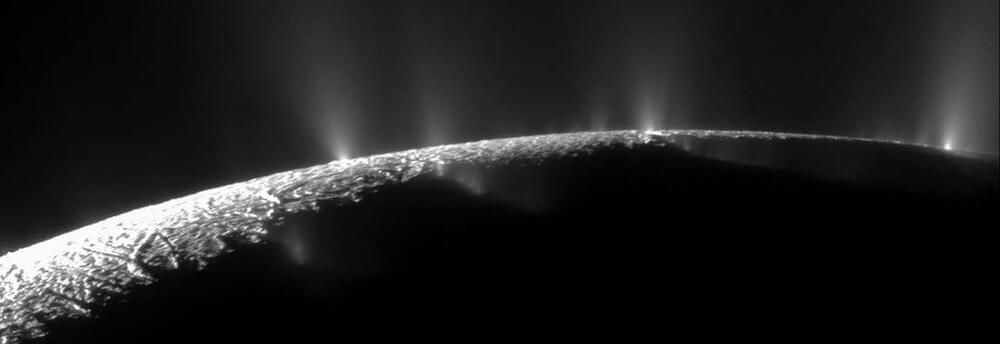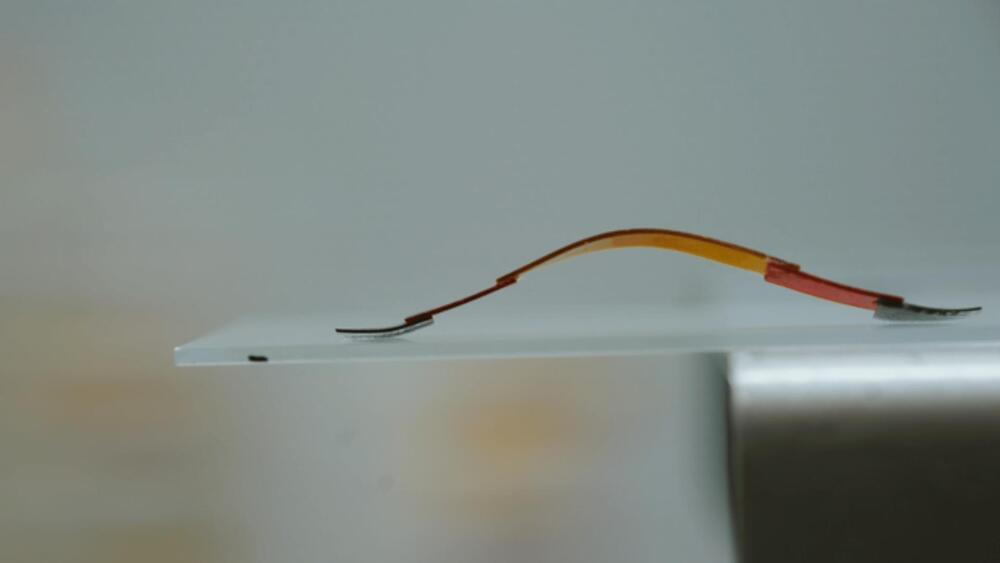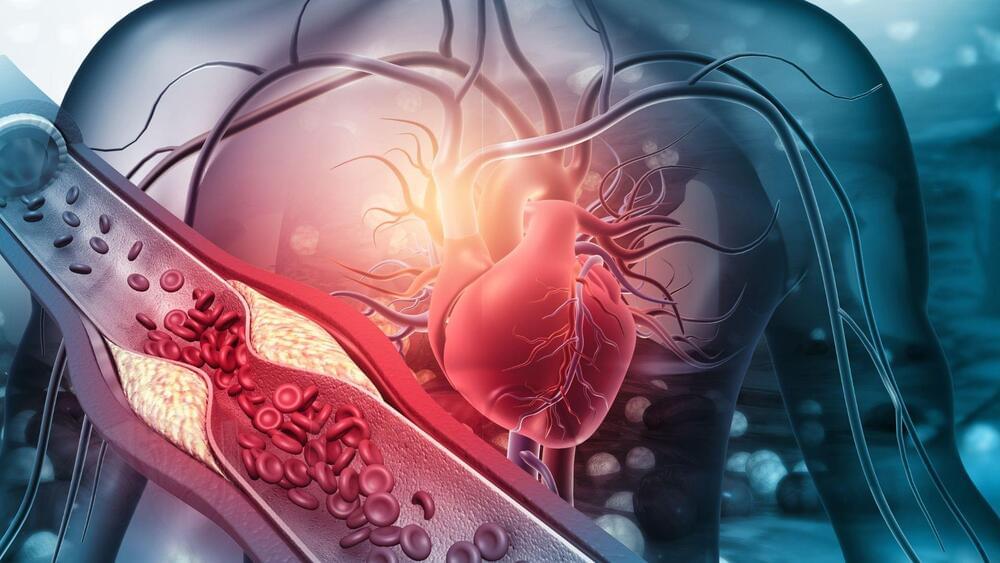The ship could be ready by the autumn of 2024.
A consortium of companies in the U.K. has bagged a GBP 5.4 million (US$6.46) government grant to build the world’s first liquid hydrogen-powered autonomous vessel and its allied infrastructure, a press release said. The grant is aimed at helping decarbonize the maritime sector.
With governments keen on meeting the ‘net-zero’ goals, a flurry of changes is being brought to the transportation industry. In the U.S., a roll-out of the national charger network is being planned, while the adoption of electric vehicles (EVs) is being encouraged, while the sale of combustion engines is even being banned in some nations.







